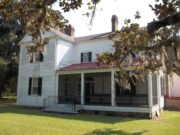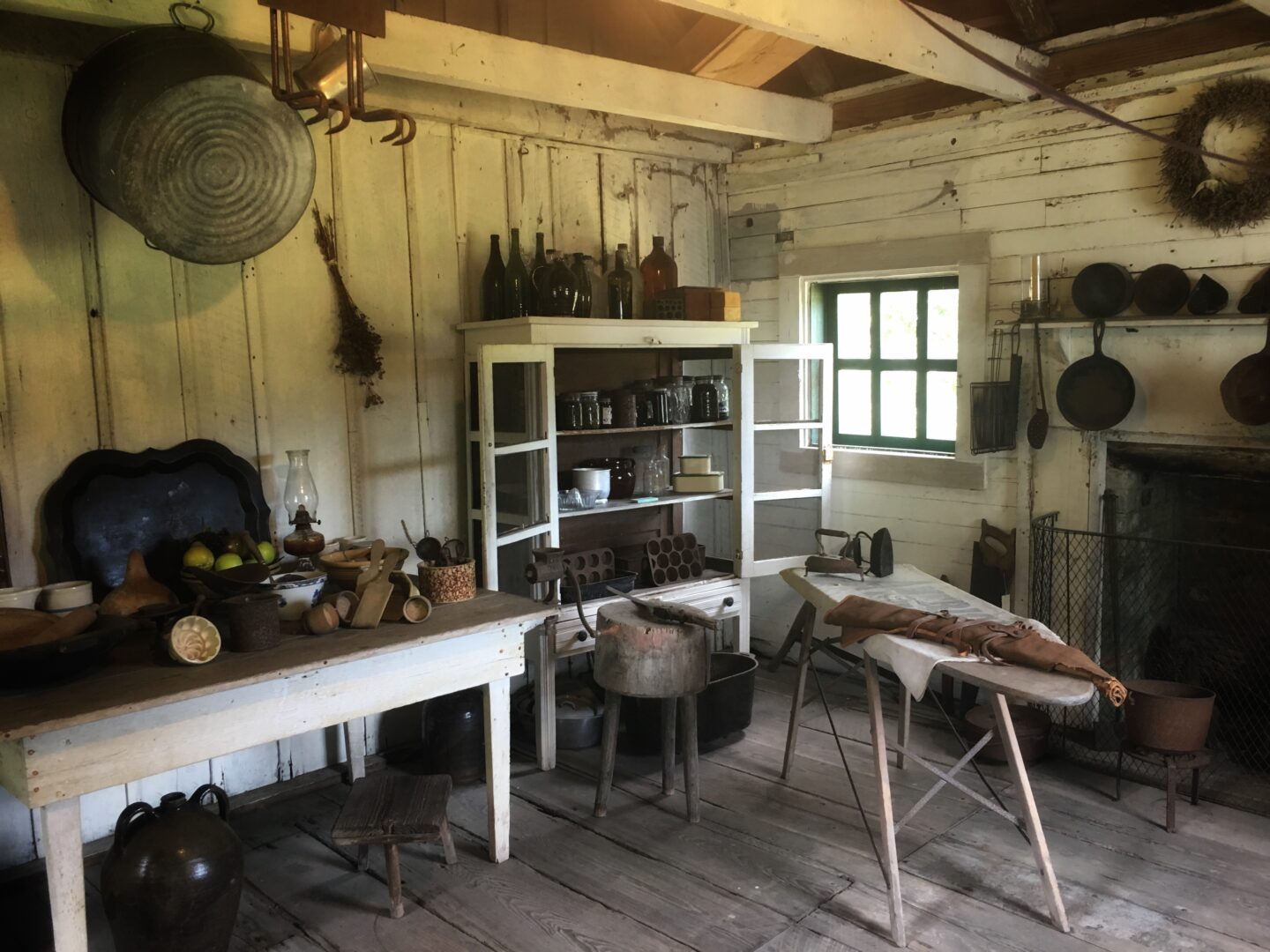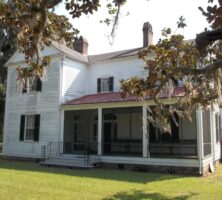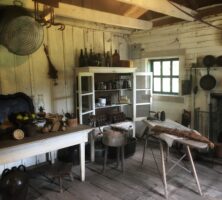Designated a historic site and state park in 1979, the Hofwyl-Broadfield Plantation is among the last remaining vestiges of nineteenth-century rice plantations that flourished along the Georgia coast.
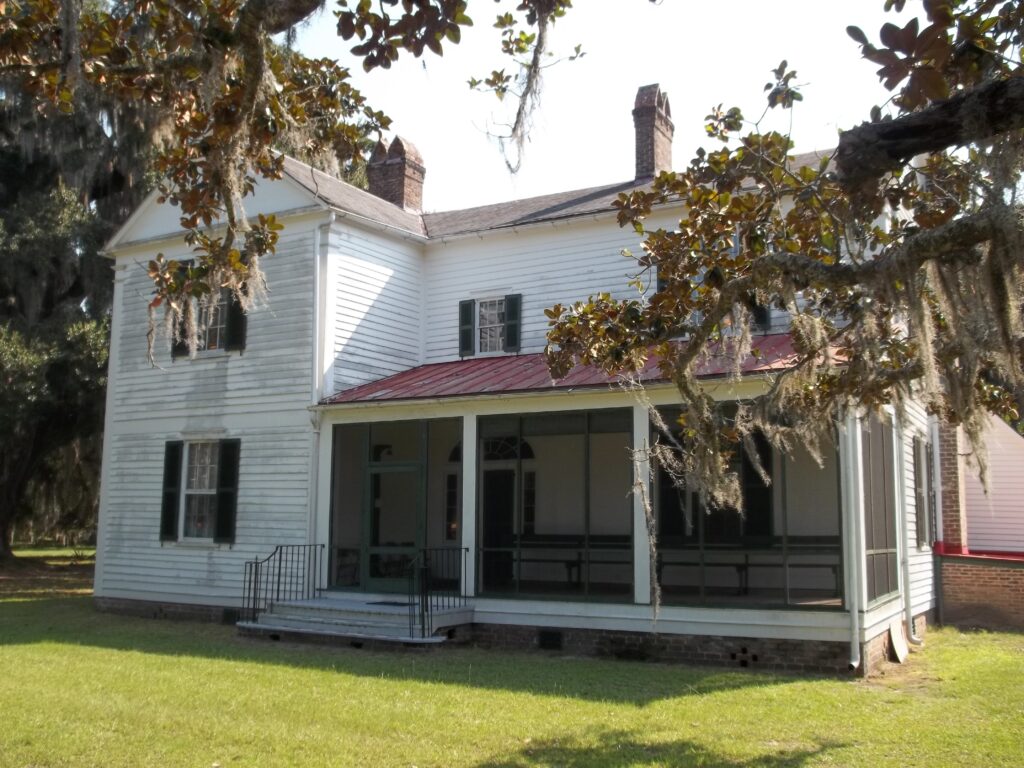
The plantation dates to 1806, when William Brailsford began acquiring land in the cypress swamps of the Altamaha River. His purchases included a river estate named Broadface, which he renamed Broadfield. Brailsford was later joined by a son-in-law, James M. Troup, and by the time of Troup’s death, their holdings had grown to 7,300 acres of land and several houses. Three hundred and fifty-seven enslaved people worked on the plantation.
After the Civil War (1861-65) rice production declined owing to the lack of an enslaved labor force and damage from hurricanes. Brailsford’s descendants eventually converted the property into a dairy, which closed in the early 1940s.
The Georgia Department of Natural Resources manages the 1,268 acres of land and 696 acres of freshwater marshes. Visitors today can see Hofwyl House, built in the 1850s by Troup’s daughter Ophelia and her husband, George Dent, and named after a school Dent attended in Switzerland. The two-story frame house is not elevated, making it unique among low-country homes of the time.
The house remains as Ophelia Troup Dent’s granddaughter (also named Ophelia) left it when she died in 1973, willing the property to the state for use for “scientific, historical, educational and aesthetic purposes.” Antiques collected over five generations of Brailsford’s descendants remain in the house as well as a museum with a model of a working rice plantation and film about the life of white enslavers and their enslaved workers.
Archaeological excavations were conducted in the early 1990s to learn more about the part of the plantation that was settled earliest. Although many of the buildings of Broadfield Plantation no longer exist, their remains can be found just under the surface. Those remains offer important information about earlier occupants of the site and about the operations of an antebellum rice plantation—information that is missing from written records. In addition to fragments of buttons, bottles, pipes, musical instruments, stoneware, and other artifacts, the survey revealed the location of an early settlement of enslaved people, which ultimately may help tell the story of how rice plantations differed from other plantation cultures and provided for better preservation of the African culture.
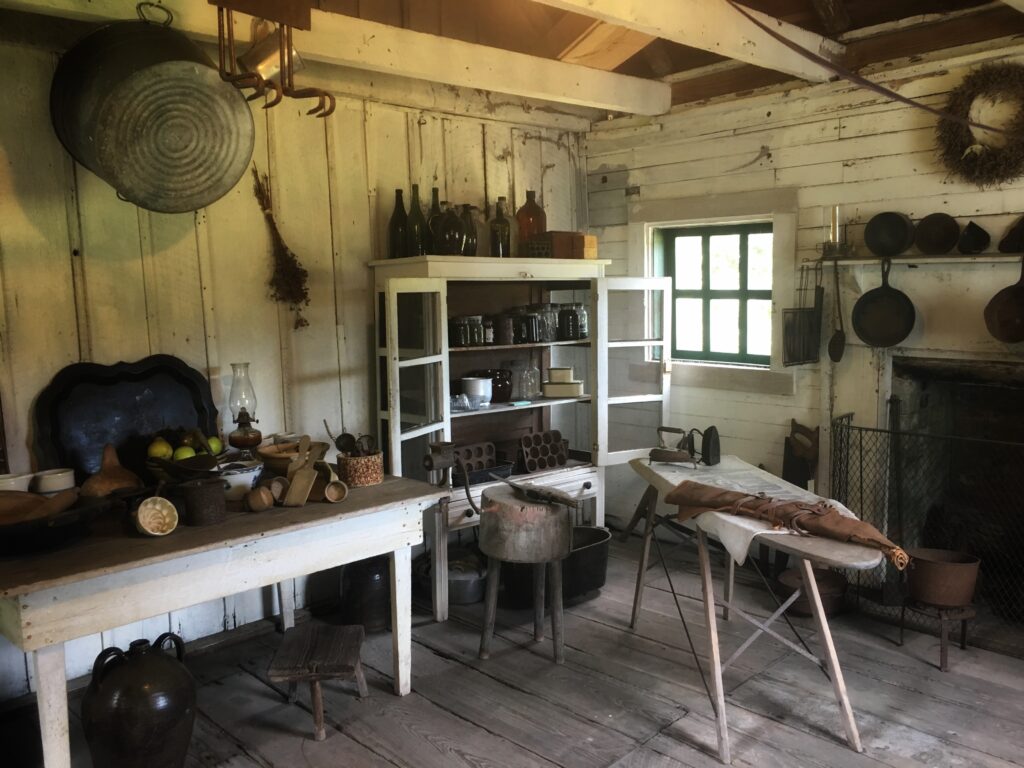
Karen Wood, the author of the archaeological report on the site, concluded that “rice plantation slaves had more freedom than slaves on upland cotton plantations; part of this was due to the difference in work organization (the task system was used rather than the gang system) and also because the plantation master spent very little time on the plantation due to the serious threat of malaria.”
The Hofwyl-Broadfield historic site is in Glynn County, about four miles south of Darien and about thirteen miles north of Brunswick.


